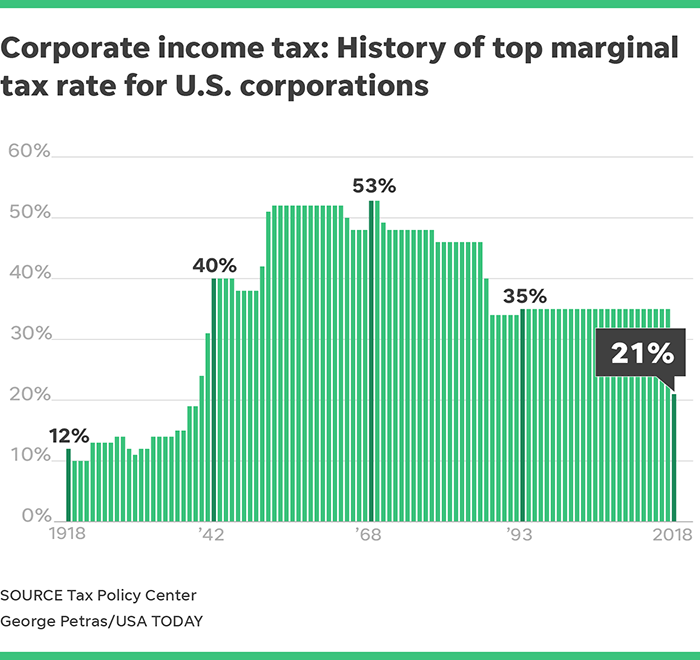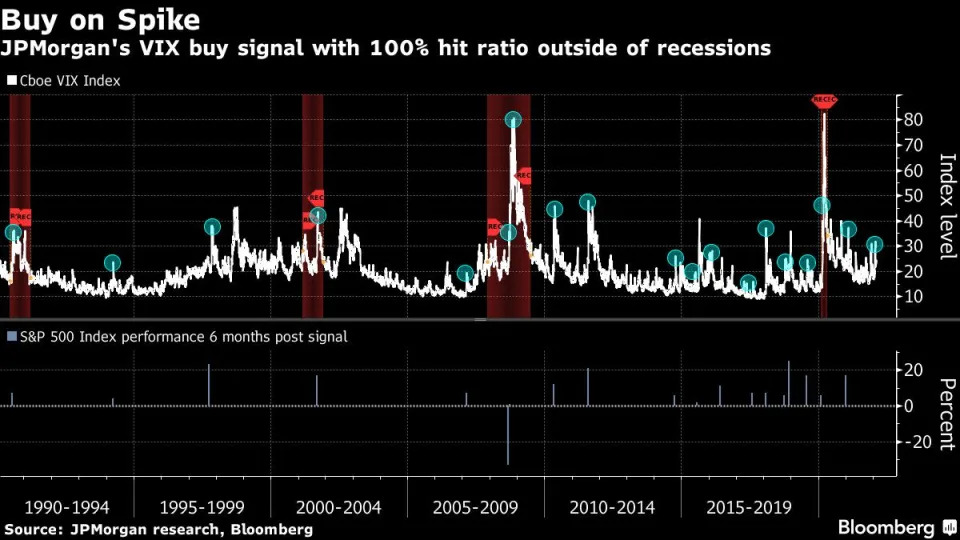It looks like you're new here. If you want to get involved, click one of these buttons!
Geez that fund hasn't made the rounds since forever. Anyway I see nothing compelling in a garden variety LC Value fund that (according to M*) trails its category by 14% and the index by 26%. It holds nothing special and is heavily weighted toward the financials and healthcare sectors. What raises your interest?
+1.If you can do it online it’s pretty simple (knock-on-wood). TRP may be one of the few that makes the process difficult. I ended up having to submit paper copies. But in moving PRPFX it was done on line. Took 2-3 days to complete. Fido let’s you attach a screenshot of an account statement. And, there are apps that allow you to string 2 or more screen shots together. I think you’ll be happy with Fido. My early problems have already been disuussed. In the end they served me well - teaching a valuable lesson about the hazard of “Free-Riding” which is an SEC violation and easy to do if not forewarned.
Good luck.



Again context matters. Since about 1980 or 82, interest rates have been in a long-term downward trend, with a few blips upward at various times. Bond prices have gone up long-term as a result, moving inversely with rates. It would be interesting to see--perhaps "interesting" is not the right word--what would happen if we had a long-term upward trend in rates. I don't think that will happen, but if it did, it would be "interesting." Also interesting would be a sudden rate shock where rates went up a lot in a very short time.It is also known that adding bonds will increase both ratios, and optimization on either of those ratios will produce strange results for a mix of stock, bond, blend funds. But their utility remains in assessing similar funds.
As I already stated, fees, fees, fees. That expense ratio is like a toll road and the manager is generally going to collect it no matter what. Say you have an index fund with a 0.03% expense ratio and it metaphorically is a $3 toll road you could drive on or there is another road run by a fund manager with a 1.50% expense ratio charging $150 to drive through. That other $150 toll road better be 50 times smoother, safer or faster than the $3 one or you're losing out.*what else do we have to go on besides looking at past performance.
Nibble at own risk. Re ARKK - It’s a gamble. I still own some DKNG which is one of Wood’s babies. I’d probably sell on a 15-20% gain as it (along with ARKK) are outside my general tolerance level. I’ve done somewhat better with their stock than wagering on their app. :)So is NOW the time to start nibbling ?
Folks had plenty of opportunity last week to buy ARKK. I provided a buy price ($64.5) and reasoning and followed up on several days last week and also posted when I bought on Friday. From the silence, I figured folks have no interest in a ARKK trade / investment.
I think @yogibearbull also started a thread on Friday about market forming a base.
Those interested in getting off the sidelines have already gotten off.
Good luck.
The buy signal is triggered when the Cboe Volatility Index (VIX) rises by more than 50% of its 1-month moving average, which it last did Jan. 25, according to the strategists led by Mislav Matejka. The indicator has proven 100% accurate outside of recessions over the last three decades....Data show the VIX signal has been triggered 21 times since 1990, with the S&P 500 Index gaining an average 9% in the six months afterwards.

© 2015 Mutual Fund Observer. All rights reserved.
© 2015 Mutual Fund Observer. All rights reserved. Powered by Vanilla